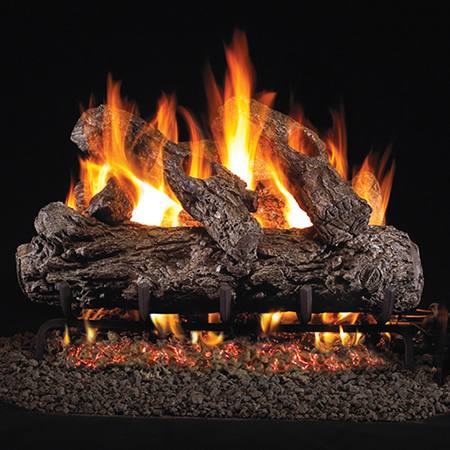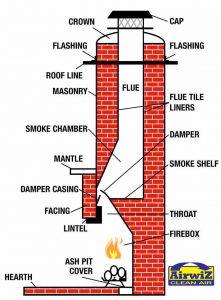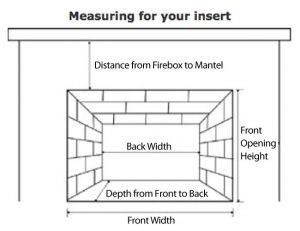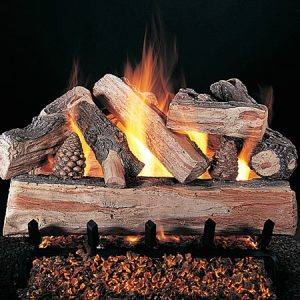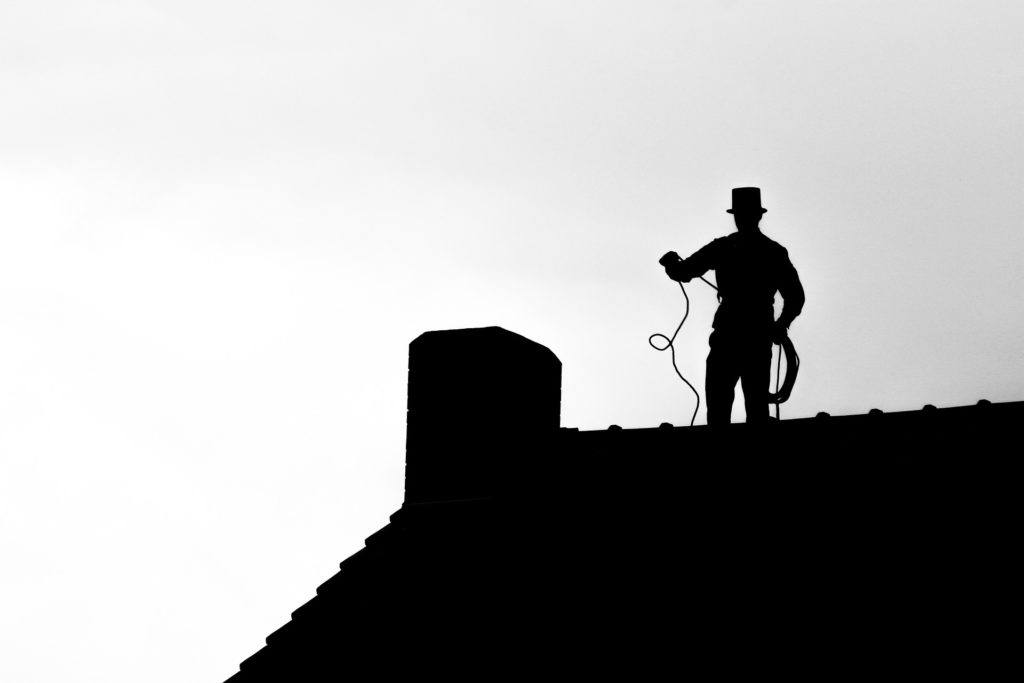The commitment to purchase a gas fireplace insert is expensive. Mind you, you will receive true heat value for years to come once you make that monetary investment. But some people feel they cannot bare that expense and want an alternative choice and many folks would like just to install a set of artificial logs.
The manufacturers of artificial gas log sets state clearly in their installation directions that a chimney must be suitable for wood burning.
In order for us to determine if your fireplace and chimney are safe for this use, we must clean and inspect the interior surfaces of your chimney with our remote vision system (a chimney camera). With this tool, we can check the condition of the clay liners and their related mortar joints. If the clay liners in the chimney are fractured or damaged in some way and if the mortar joints are missing or deteriorated the chimney is not suitable for wood burning and in turn not safe for use with a set of artificial gas logs.
If we discover any of these defects our typical recommendations are to line the chimney with stainless steel or recommend the installation of a gas burning or wood burning fireplace insert.
The codes, standards and installation directions clearly state that anytime there is a change in the fuel source in a fireplace and chimney, the chimney must be cleaned prior to the installation of any new product.

